


So you’ve just picked up a Mazdaspeed 3 or 6, it's all stock or close to it, now what do you do? You jump on the forums or you go to facebook and you start asking around and looking for ways to make it faster. So why is everyone shouting at you about this HPFP internals thing? Aside from the major bolt-ons like exhaust, intercooler, etc., this is the one weak link in the way of your Mazdaspeed making more power.
The Mazdaspeed 3 and 6 fuel pump is a Cam Driven Fuel Pump or CDFP. It operates at pressures over 1600psi, therefore it is also referred to as a High Pressure Fuel Pump or HPFP.
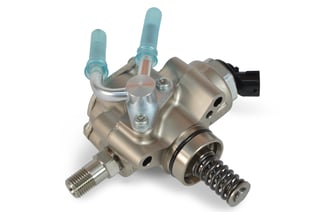 |
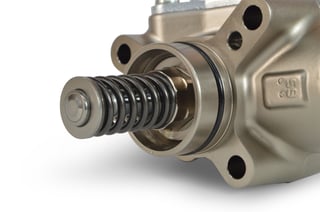 |
| Mazda OEM Cam Driven Fuel Pump | Mazda OEM Fuel Pump Close Up To Piston and Spring |
The big deal is not really a big deal if you don’t plan on modifying your Mazdaspeed. However, if you do modify the car, one of the side effects of increasing air flow into and out of the engine is the demand for more fuel to match that extra air.
After you have installed parts like a downpipe or an upgraded intercooler or even if you are just running an aggressive tune, the demand for fuel goes up, but the OEM HPFP can’t meet this demand. The failure begins to manifest itself as pressure drop (this is something you can monitor with a Cobb AccessPort). Normally at wide open throttle, or WOT, the pressure will sit between 1600psi to 1800psi. Once it starts dipping below 1600psi at peak torque, which is usually between 3000 rpm and 4000 rpm on stock turbo, that’s when you know the pump is struggling. Eventually, and almost always out of nowhere, the pressure will start dropping below 900psi at peak torque, and this is when you start to see major issues. Below is an image of what this looks like when plotted on a graph.

Nothing good comes from pressure dropping. Pressure falls because enough fuel can’t be supplied and the car will try to compensate causing the pressure drop to be even worse. This can also result in knock, a byproduct of detonation and pre-ignition, and eventually cause engine failure.
The good news is there are a couple options for upgrading your HPFP internals! CP-E makes a complete upgrade kit. You purchase the whole HPFP with the internals already upgraded, then you just have to swap out your stock CDFP for the CP-E HPFP. It's super easy and comes with a lifetime warranty. However, due to price, the most popular option is the Autotech hpfp upgrade. The Autotechs are a great option regardless of the money you save because they too come with a great warranty and they have an extremely low failure rate. The only downside is having to take apart the fuel pump yourself to switch out the upgraded internals for the Autotech internals.
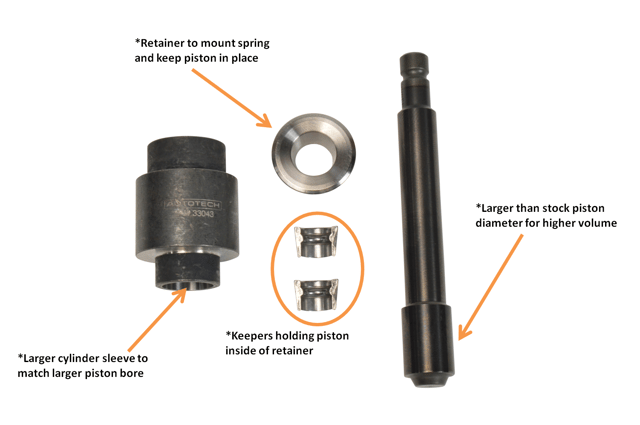
Autotech's High Pressure Fuel Pump Kit. A slightly different retainer design than stock but still a larger piston diameter to pump a larger volume of fuel as it moves up and down in the cylinder sleeve while maintaining higher fuel pressure at high demand when compared to stock.
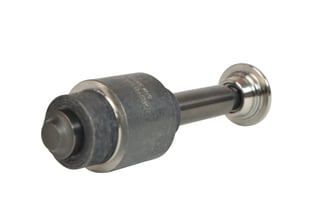
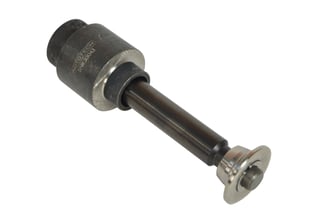
Autotech HPFP Internals assembled while outside of the fuel pump body.
With upgraded internals, your fuel system is all set to make up to 400whp while using the right type of fuel on your Mazdaspeed 3 or Mazdaspeed 6. You will notice your fuel pressure achieve between 1700 and 1900psi at WOT and there should be no more dipping at peak torque.
If you have more questions about DISI cars and HPFP Internals, give us a call or send us an email. Also, be sure and check out our Cobb Tuning AccessPort and Autotech HPFP packaged deal! When both are purchased together, you save over $100!! Just put them both in your cart, go to checkout, and you're all set!